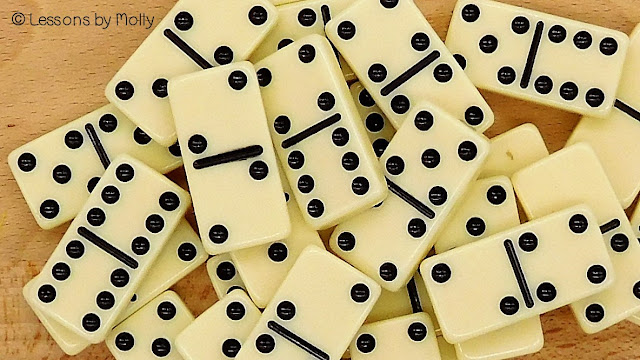Independent math centers are an excellent way for educators to provide students with learning experiences tailored to individual needs. However, many teachers neglect to provide their students with these centers for various reasons. This blog post will explore why educators struggle with independent math centers and offer ideas to overcome these issues.
1. "I teach kindergarten, there are no activities that are on my students' independent level."
It is important to remember that every student is unique, and each student has an independent level, even in kindergarten. Teachers must assess their students' abilities and provide appropriate centers for their students. Teachers can start with one-to-one correspondence, sorting, and number approximation. These concepts do not require rote counting, counting objects, or number-symbol identification. Activities that are open-ended or self-correcting are also great for independent math centers. These might include a book center with topic books such as colors, patterns, numerals, and comparisons, numeral-art, and self-correcting puzzles.
2. "My students will find activities they have already mastered boring. They need to be challenged."
Independent math centers do not have to be boring. Teachers can incorporate fun and engaging activities that align with students' interest into their centers. For example, teachers can use pretend play, artwork, or games to make the activities exciting and engaging.
3. "I teach the whole year and I do not have a sufficient supply of centers or materials to create enough independent math centers."
Teachers can create independent math centers using dice, dominoes, playing cards, math cubes, and counters. They can also collaborate with other teachers to share and rotate materials. They can use online resources to find ideas for their centers.
4. "The school day should be spent on learning new content and not reviewing."
Independent math centers can foster learning in a variety of ways. They can provide students with the opportunity to explore mathematical concepts on their own and develop problem-solving skills. Independent math centers can be designed to align with subjects other than math and provide opportunities for students to apply their knowledge in new ways.
5. "My first graders have mastered the kindergarten math standards. I use kindergarten standards centers; therefore, they are already at their independent level."
It is not a good idea to assume that a class full of first graders has mastered all their kindergarten math standards. Some students may have forgotten over the summer break. Other students may be coming from another state with different kindergarten standards. Teachers must assess their students regularly to determine their independent and instructional levels. This information will help teachers provide appropriate activities for each student's level. Teachers can use various assessment methods such as observations, informal assessments, or standardized tests.
6. "I use heterogeneous grouping to build a class community where we support others. The children who have mastered the concepts can help the children that are at instructional level."
View the photo above. How will grouping Ethel and Bethany in a heterogeneous number symbols center be helpful to either child? While it is beneficial for students to work in small groups and collaborate with their peers, it is crucial to ensure that all students are receiving activities that are appropriate for their level. Students do not carry the burden of teaching other children. That is up to the adults! Think back to Ethel and Bethany. Placing the two girls in separate homogeneous groups allows Ethel to work independently with the numerals she knows (0 to 10). Ethel's teacher can structure small group instructional activities for numerals 11 to 20, and with the support of an adult, Ethel can learn to identify numerals beyond ten. Bethany can work independently with numerals 0 to 20, and she will quickly learn to determine the number symbol she missed.
INDEPENDENT MATH CENTERS provide students with an opportunity to explore mathematical concepts on their own and develop problem-solving skills. By using appropriate materials, providing engaging activities, and assessing students regularly, teachers can overcome challenges and provide students with meaningful learning experiences.



No comments:
Post a Comment